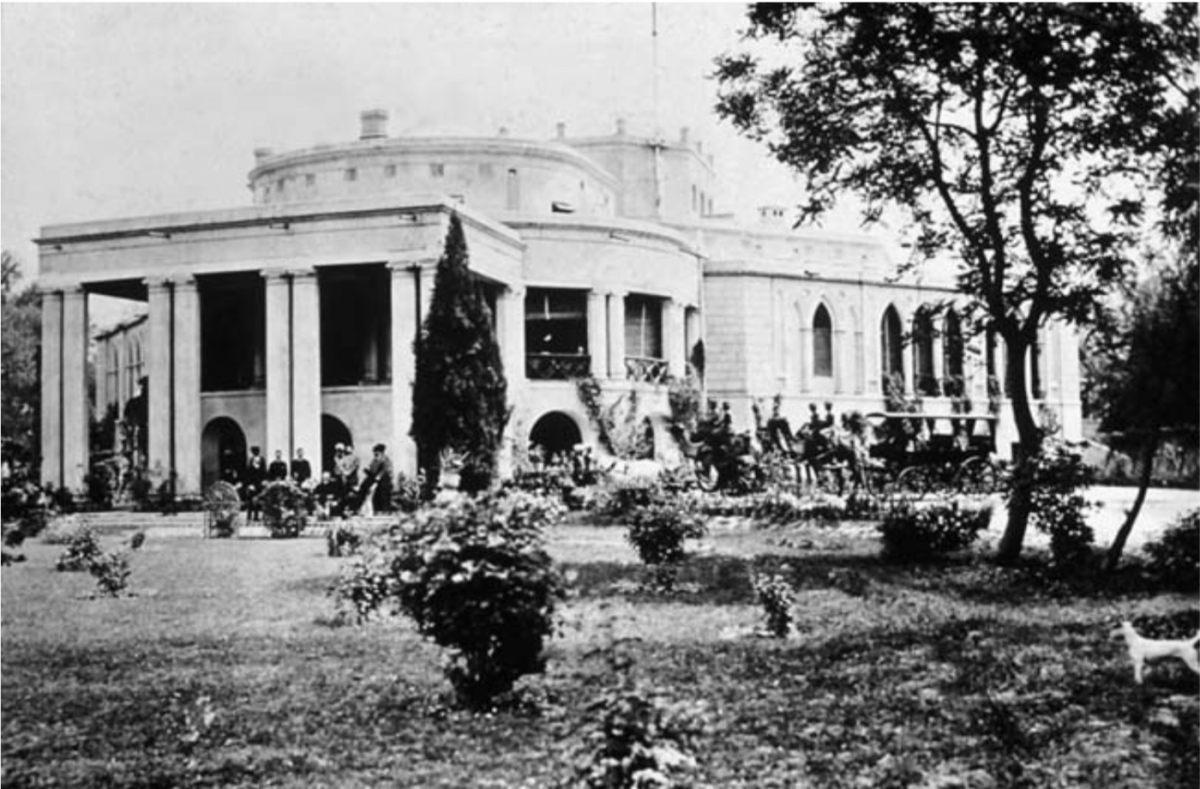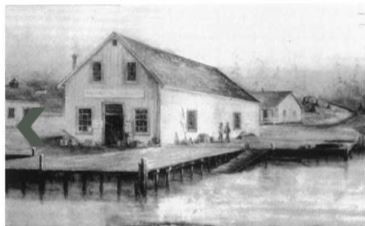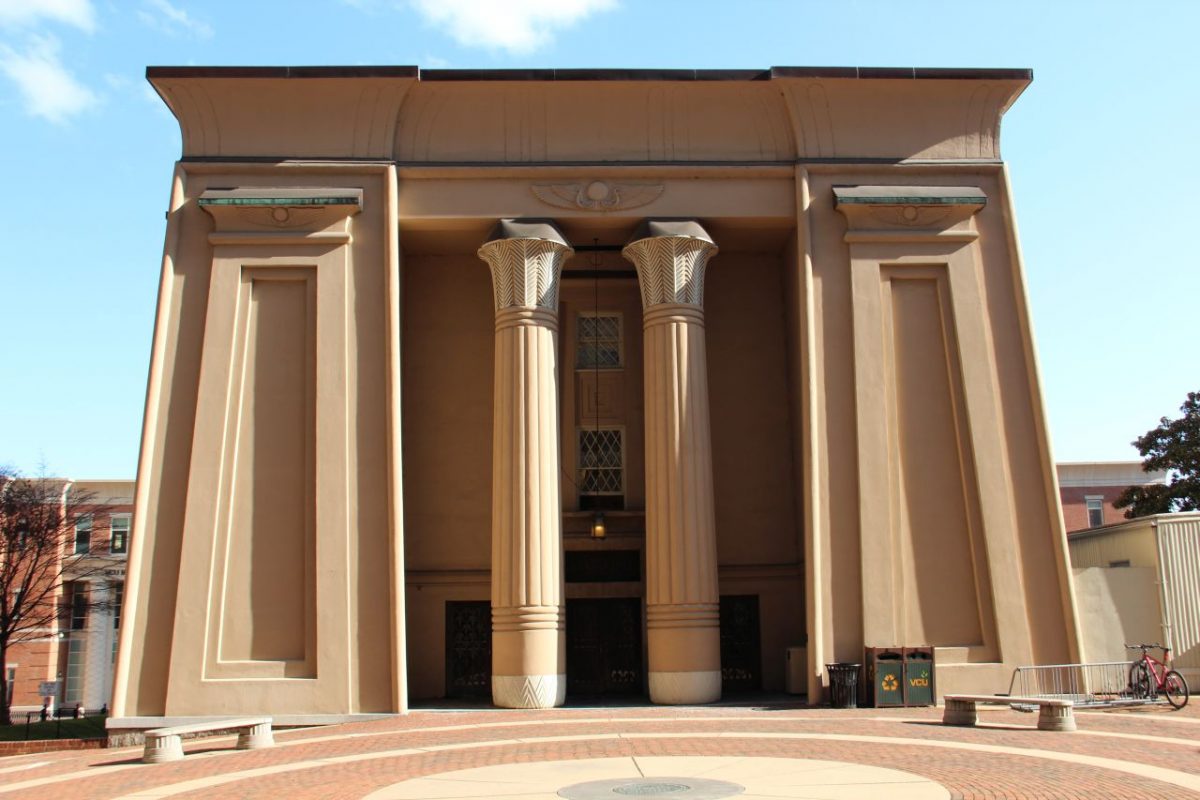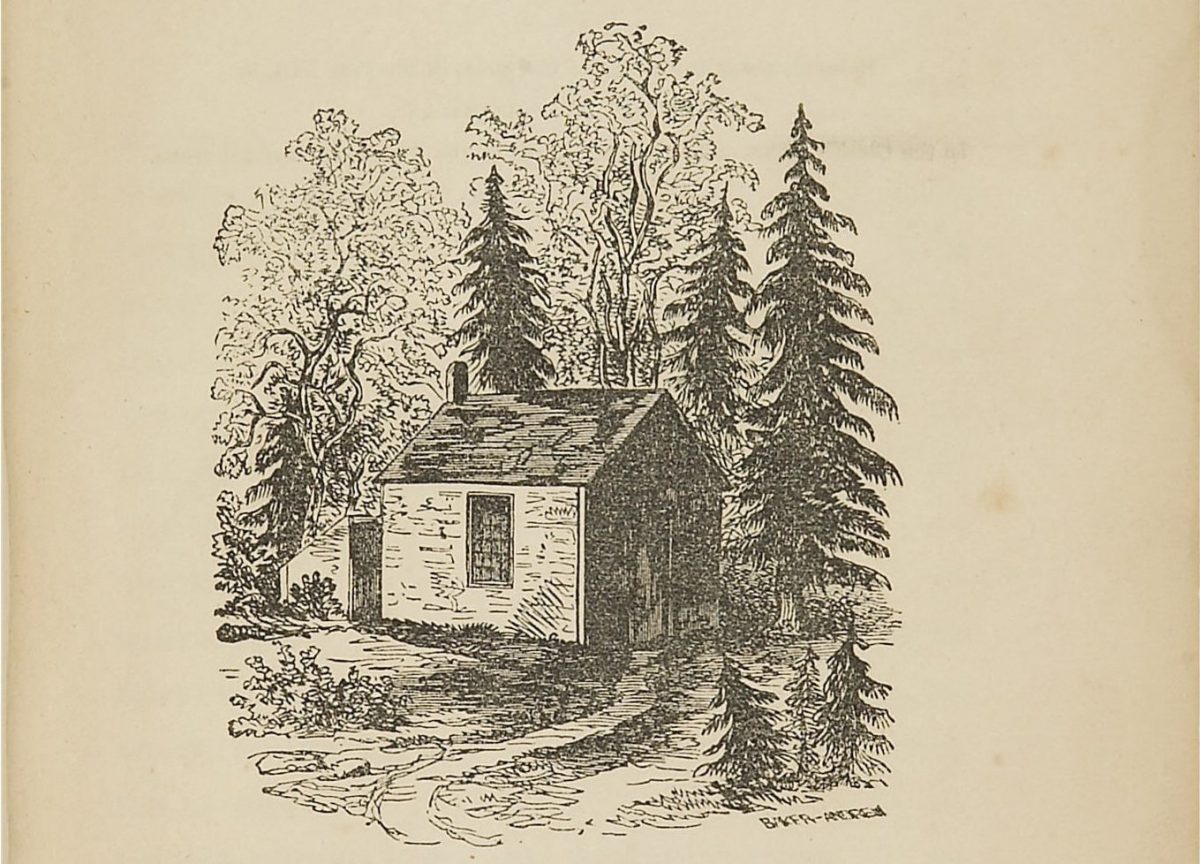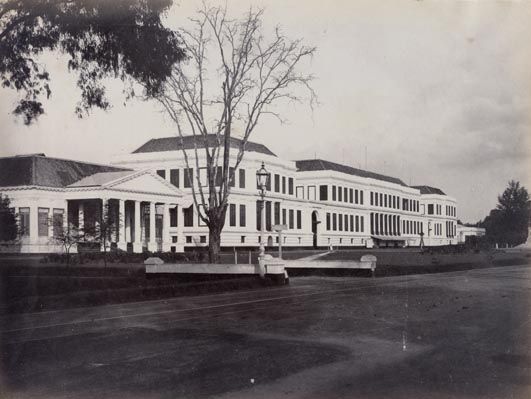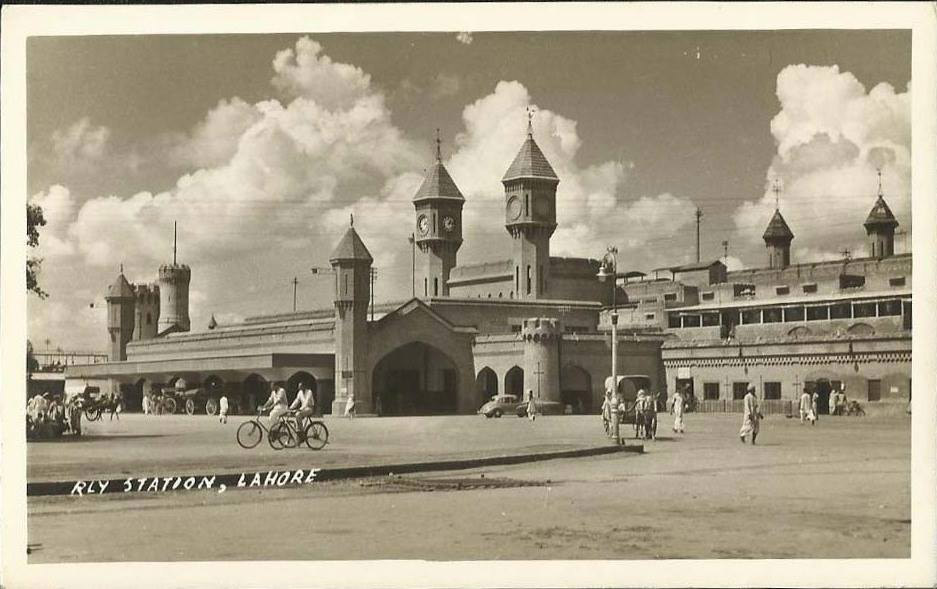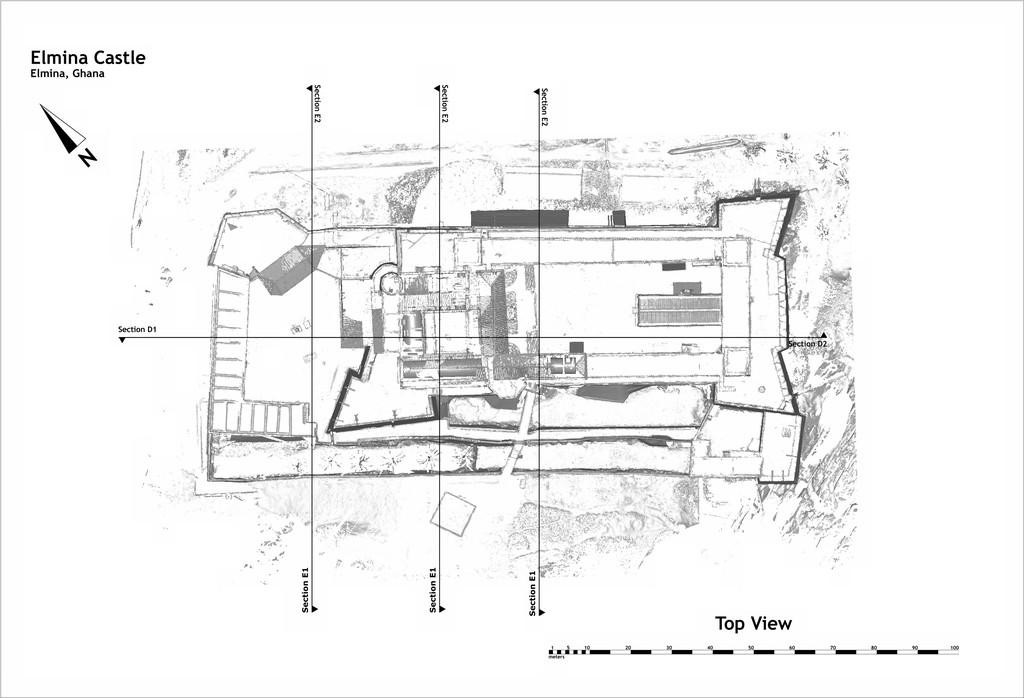Introduction The stratified construction of Qasim Khan’s tomb, into the Governor’s House at Lahore, Punjab, echoes the broader colonial system of maintaining difference between the ruler and the ruled through the process of building in the Indo-Saracenic style. While the common post-colonial reading of the Indo-Saracenic style has been often interpreted as a political strategy […]
